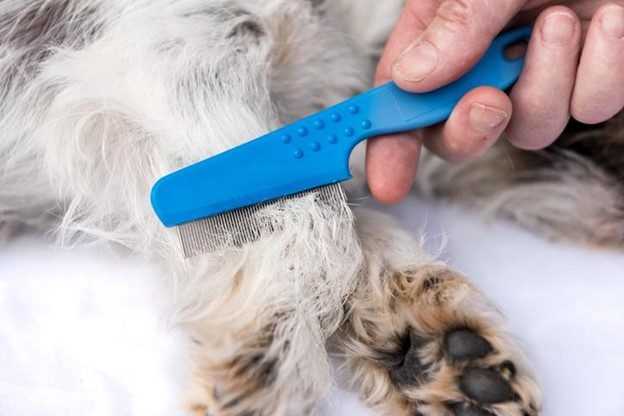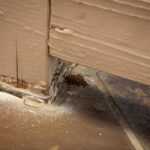We love our cats and dogs, but sometimes they pick up unwanted “freeloaders” at shelters, dog parks, from rodents, or even just playing in the yard. Fleas are a problem common for pet owners, but it can sometimes be hard to spot the signs of these pests on your pets.
What are fleas?
Over 2,000 species of fleas exist in the world and are the most common type of parasite to be found on furry creatures like cats and dogs. These small, wingless insects are only about 3 mm in size but can cause massive discomfort to cats, dogs, and humans from biting. They also potentially carry disease and can multiply quickly, making the issue spread.
What are the symptoms of fleas in pets?
Itchy and Scratchy Skin
Fleas feed on the blood of their hosts, so a quick sign that you or your pets are one of those hosts is tiny, red raised dots on the skin. In dogs and cats, this can cause itching, biting at skin, scabbing, and hair loss. If your pet suddenly starts scratching more or loses hair at a quicker rate, they should be checked for fleas immediately.
Finding Alive and Active Fleas
Oftentimes, you can catch fleas when they’re active and alive. Though small, their wriggling bodies are easy to spot on pets, especially if they have light-colored fur. The most-enjoyed nesting places for fleas are on the neck, ears, lower back, and base of the tail. Using a fine-toothed comb or a flea comb frequently on your pets helps you scan those easily-infested areas for freeloading pests.
What’s Left Behind: Droppings
However, not every flea infestation is easily spotted. Sometimes, fleas aren’t caught while alive and active; you have to look for “flea dirt,” or droppings, left behind by fleas. You can find them all over a pet’s body. They usually look like tiny pepper flecks. Other times, flea droppings are left behind on bedding or carpet.
Flea Eggs
Fleas reproduce at an alarming rate—a female flea can lay as many as 50 eggs a day. These eggs are very small, about the size of a grain of sand, and are laid at the base of the fur. In 2 – 5 days, eggs hatch into larvae, and soon become full adult fleas.
Solve Your Flea Infestation with PURCOR
Once you’ve determined that your pet’s itchiness or red spots are caused by fleas, take the next steps to get rid of the flea infestation. Though there are dozens of medicines, combs, and sprays to get rid of fleas, PURCOR’s pest professionals are knowledgeable on the best ways to protect your home and pets from these nasty pests. Contact PURCOR for targeted pest control and prevention services.
"*" indicates required fields
"*" indicates required fields




